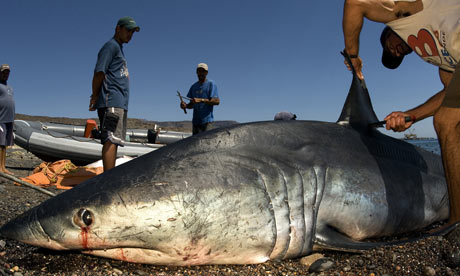Thirty three Chilean miners in Northern Chile have been trapped in a mine that stretches 2,230 feet into the Earth since August 5th. The obstacles that they must overcome in the long weeks before they can be rescued will be harrowing. Not only do they have to endure complete darkness but with 33 people in one small area, they must also combat sickness through fungal or bacterial infections. They do, however, have a small 3.19 inch hole that connects them to the surface of the Earth which is helping the miners with supply of food, water, nutrients and vitamins. Granted this supply line is very small but the miners are fortunate to have it.
What is still more worrisome than the physical health of the miner’s is their psychological well being. Battling darkness for days, weeks on end takes its toll on the mind. Sensory deprivation is a condition that could cause irritability, depression and hostility which could lead to injuring one if not more of the other miners. When there is no access to emergency care, this is a valid concern.
The miners are working in shifts to man the supply line around the clock. In the upcoming weeks, they will need to be removing rock and dirt from the supply line as rescuers drill a bigger a rescue shaft. This grueling job will be taxing on the miners that have weak bodies and minds. The miners are just as much responsible for their own rescue as it is for those above ground rescuing them.
One way that rescuers are helping the trapped miners is through a fiber optic projector that illuminates a 50 inch picture on the cave wall that they may enjoy movies and football games. They have supplied them also with an Ipod to listen to music which is periodically sent up the supply line for recharging. Some of the families have even recorded performances for their trapped loved one that they may view to keep their spirits up and know their family is waiting for their return.
Every effort is being made to ensure the spirits are being kept up for the miners. One request from the miners is red wine so that they may celebrate Chile’s Independence Day coming up on September 18.



